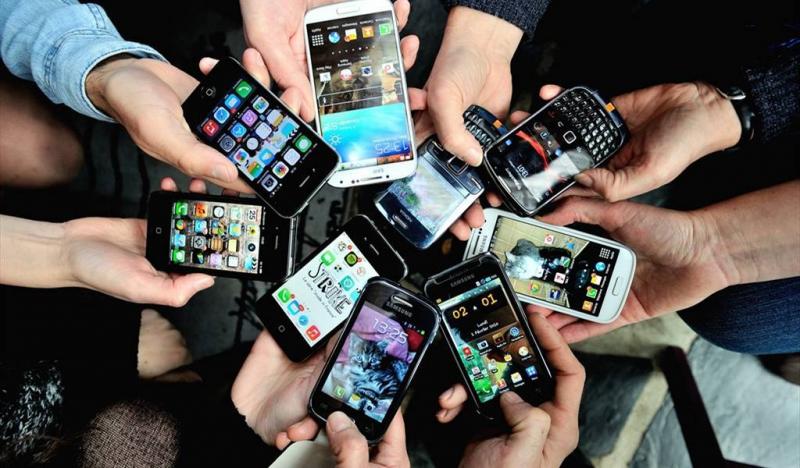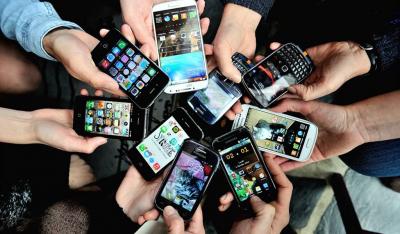Recent studies indicate that "excessive use of smartphones may be linked to numbness or tingling sensations in the fingers, suggesting potential health concerns." Ethan Bennett, founder of Sonin, stated that in addition to physical discomfort, prolonged phone use can contribute to repetitive strain injuries and nerve compression. He added that regular phone use can exacerbate existing musculoskeletal issues, such as neck and back pain, while also impacting mental health by increasing stress and disrupting sleep patterns.
Ethan revealed that identifying indicators of nerve damage caused by smartphones is crucial for early intervention and prevention of long-term complications. Symptoms such as numbness or tingling in the fingers, hand weakness, and difficulty grasping objects may indicate underlying conditions like cubital tunnel syndrome or carpal tunnel syndrome (a disorder that occurs when the ulnar nerve is compressed in the tunnel that runs through the inside of the elbow). Additionally, one may experience pain or spasms in the fingers and hand muscles, pain and stiffness in the neck, often referred to as "text neck" (where a patient suffers from neck and back pain due to prolonged sitting and tilting the head while using smartphones and tablets), and reduced sensation in the fingers and hands.
Ethan explains, "Knowing when to seek medical attention for symptoms of smartphone-related nerve damage is essential for timely diagnosis and treatment. Persistent symptoms require immediate evaluation by a healthcare specialist as they may indicate carpal tunnel syndrome. If left untreated, they will lead to carpal tunnel syndrome and may result in irreversible nerve damage." He continued, "Moreover, if you are experiencing symptoms of nerve damage, you should seek medical care if your condition significantly affects your daily activities or quality of life. Early intervention is critical for effective symptom management and preventing further nerve damage, highlighting the importance of seeking prompt medical attention when experiencing ongoing or concerning symptoms."
To mitigate the risk of nerve damage from smartphones and enhance overall hand health, implementing practical tips and strategies can be highly beneficial:
- **Take Breaks from the Phone**: Prioritize taking regular breaks from smartphone usage to allow your hands and wrists to rest and recover. Breaks can range from 5 minutes to several hours. As long as you put your phone down, you are helping your fingers and nerves.
- **Maintain Proper Posture**: Keeping a proper posture while using smartphones, such as holding the device at eye level to reduce strain on the neck and shoulders, can help alleviate discomfort.
- **Stretching and Exercise**: Incorporating stretching and strengthening exercises into your daily routine can improve the flexibility of the hands and wrists, reducing the likelihood of injury. Simple exercises such as wrist flexes, finger extensions, and hand grips can enhance circulation and relieve tension.
Ethan emphasized that prioritizing our digital well-being is not only about reducing smartphone usage time but also about fostering a healthy relationship with technology that supports our physical and mental health.




